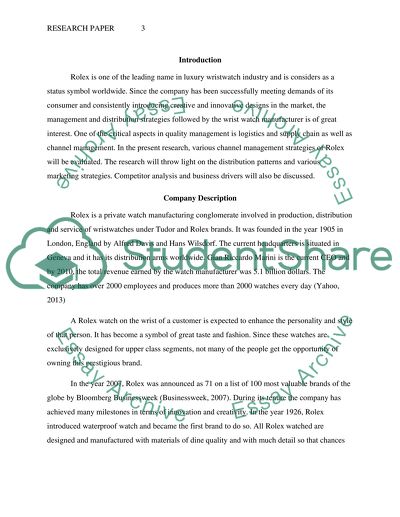Cite this document
(“Research paper on the company Rolex, its channel market, competition,”, n.d.)
Retrieved from https://studentshare.org/marketing/1486873-research-paper-on-the-company-rolex-its-channel
Retrieved from https://studentshare.org/marketing/1486873-research-paper-on-the-company-rolex-its-channel
(Research Paper on the Company Rolex, Its Channel Market, Competition)
https://studentshare.org/marketing/1486873-research-paper-on-the-company-rolex-its-channel.
https://studentshare.org/marketing/1486873-research-paper-on-the-company-rolex-its-channel.
“Research Paper on the Company Rolex, Its Channel Market, Competition,”, n.d. https://studentshare.org/marketing/1486873-research-paper-on-the-company-rolex-its-channel.


